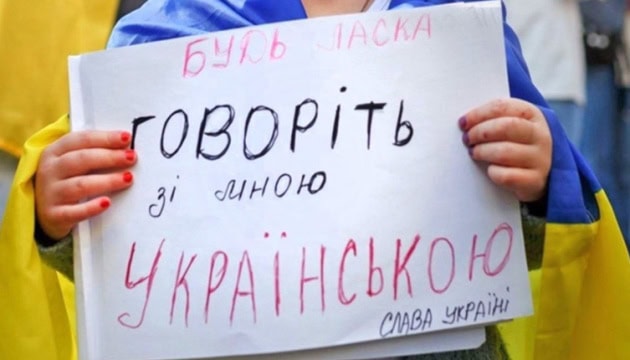Ukraine, a country rich in cultural heritage, history, and identity, is often associated with its native Ukrainian language. Yet, many Ukrainians continue to speak Russian, raising questions about the origins and implications of this linguistic phenomenon. Below, we explore the historical, social, and political factors behind the widespread use of the Russian language in Ukraine.
Historical Context: Imperial and Soviet Eras
1. Russification During Imperial Russia
- Forced Integration: Starting in the 18th century, after Ukraine was partially annexed by the Russian Empire, systematic policies were implemented to suppress Ukrainian culture and promote Russian language and identity. For example, Ukrainian-language publications were banned in the Ems Ukaz (1876).
- Education and Administration: Russian became the official language in schools, government institutions, and the military, marginalizing Ukrainian speakers and limiting its use to rural areas.
2. Soviet Era Linguistic Policies
- Centralization: The Soviet Union continued the Russification policy, particularly during the Stalinist era. Russian was promoted as the “language of unity” among Soviet republics, while Ukrainian was often stigmatized as provincial.
- Urbanization and Migration: The industrialization of Ukrainian cities under Soviet rule attracted a Russian-speaking workforce from across the USSR. Consequently, urban centers like Kyiv, Kharkiv, and Odesa became hubs of Russian-language usage.
- Cultural Assimilation: Soviet propaganda reinforced the idea that speaking Russian signified progress and modernity, while Ukrainian was associated with backwardness.
Social and Political Factors Post-Independence
1. Legacy of Russification
- Even after Ukraine gained independence in 1991, Russian remained deeply embedded in daily life, particularly in the east and south of the country, where it was often the dominant language.
2. Media and Popular Culture
- Russian-language media, books, and entertainment dominated the market for decades, shaping public perception and preferences.
3. Political Polarization
- Ukraine’s linguistic landscape reflects its political divides. Pro-Russian political factions historically emphasized the importance of Russian as a regional or second state language, complicating efforts to promote Ukrainian.
Current Trends and Efforts for Change
1. The Role of the 2014 Revolution
- The Euromaidan Revolution of 2014 marked a turning point. As Ukraine distanced itself from Russia, many citizens began to reevaluate their linguistic choices, shifting toward Ukrainian as an expression of national identity.
2. Language Laws
- Ukraine has enacted laws to promote the Ukrainian language in education, media, and public life. For example, the 2019 law “On Ensuring the Functioning of the Ukrainian Language as the State Language” prioritizes Ukrainian while respecting the rights of linguistic minorities.
3. Cultural Revival
- Grassroots movements, online initiatives, and cultural projects are revitalizing Ukrainian, making it more accessible and appealing to younger generations.
The Emotional and Cultural Dimensions
For many Ukrainians, language is not just a means of communication—it is a symbol of identity and resistance. While some continue to use Russian due to habit, convenience, or personal preference, others are consciously transitioning to Ukrainian to assert their cultural heritage and solidarity in the face of ongoing Russian aggression.
Conclusion
The prevalence of Russian in Ukraine is a direct result of centuries of imperialist and Soviet policies aimed at eroding Ukrainian identity. However, the past decade has seen a significant shift as more Ukrainians embrace their native language. This linguistic transformation is not merely about words—it’s about reclaiming a national identity and shaping the cultural future of Ukraine.
By understanding the historical and political roots of Ukraine’s linguistic diversity, we can better appreciate the resilience of the Ukrainian people and their ongoing struggle for self-determination.

